Ancient Central European Carpathian Basin Bronze Age Solid Cast Votive Sickle in the Form of a Bird
An Ancient Central European Carpathian Basin Bronze Age Solid Cast Votive Sickle in the Form of a Bird the Body with Single Worn Hole
Probably a ritual offering from a burial
Dark blackened smooth patina
Circa 2000 - 1500 BC
Size: 16.5cm high, 24cm wide - 6½ ins high, 9½ ins wide
Probably a ritual offering from a burial
Dark blackened smooth patina
Circa 2000 - 1500 BC
Size: 16.5cm high, 24cm wide - 6½ ins high, 9½ ins wide
An Ancient Central European Carpathian Basin Bronze Age Solid Cast Votive Sickle in the Form of a Bird the Body with Single Worn Hole
Probably a ritual offering from a burial
Dark blackened smooth patina
Circa 2000 - 1500 BC
Size: 16.5cm high, 24cm wide - 6½ ins high, 9½ ins wide
Probably a ritual offering from a burial
Dark blackened smooth patina
Circa 2000 - 1500 BC
Size: 16.5cm high, 24cm wide - 6½ ins high, 9½ ins wide
The Bronze Age of the Carpathian Basin during the 2nd Millennium BC was both a time of warfare and dynamic economic development which stimulated many advances in bronze metallurgy in both working techniques and the number of artefacts produced. This led to the skilled manufacture of finely crafted weapons, tools and jewellery articles in large bronze workshops by the end of the millennium. Some of the major trade routes passed through the Carpathian Basin which enabled the easy acquisition of raw bronze and a flourishing trade to emerge in the finished products.
From the late 2nd Millennium to the first half of the 1st Millennium BC bird depictions were popular, especially those of ducks and other water birds. Bronze vessels featuring ducks with long bills were made that probably served a ritual purpose, and bird motifs figured prominently in the ornament of objects and jewellery. It is believed that these birds symbolised life and the mythical creature flying over or swimming across the waters bordering the other world.
From the late 2nd Millennium to the first half of the 1st Millennium BC bird depictions were popular, especially those of ducks and other water birds. Bronze vessels featuring ducks with long bills were made that probably served a ritual purpose, and bird motifs figured prominently in the ornament of objects and jewellery. It is believed that these birds symbolised life and the mythical creature flying over or swimming across the waters bordering the other world.
Ex London Private collection
Ancient Central European Carpathian Basin Bronze Age Solid Cast Votive Sickle in the Form of a Bird
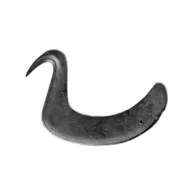
SOLD
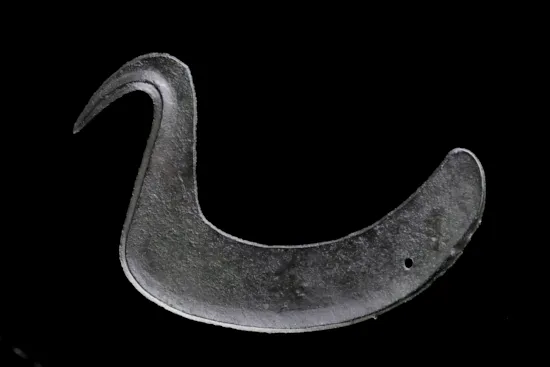
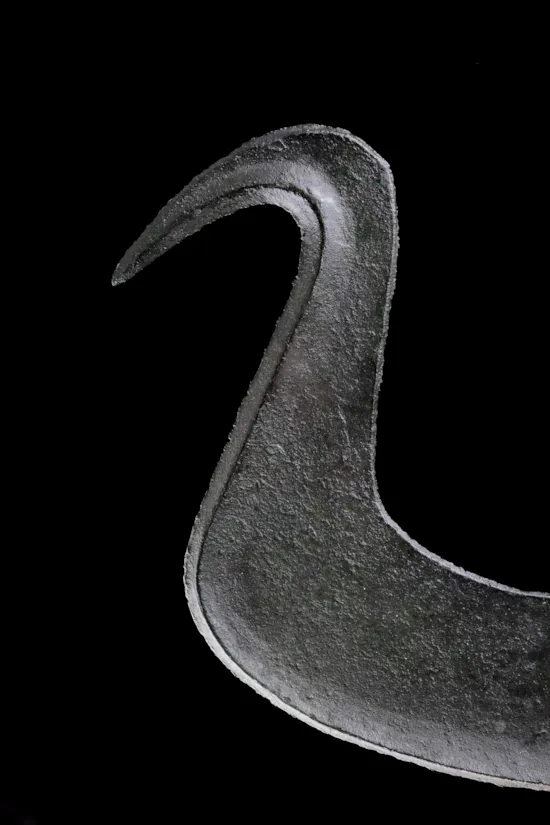
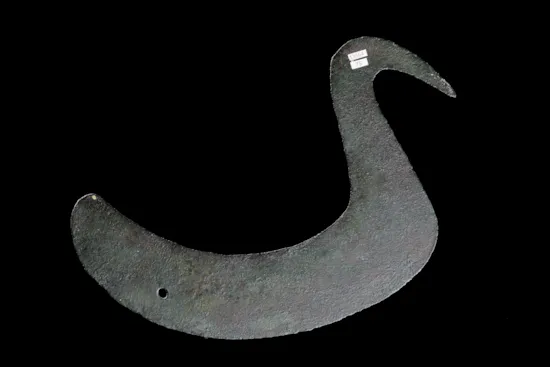
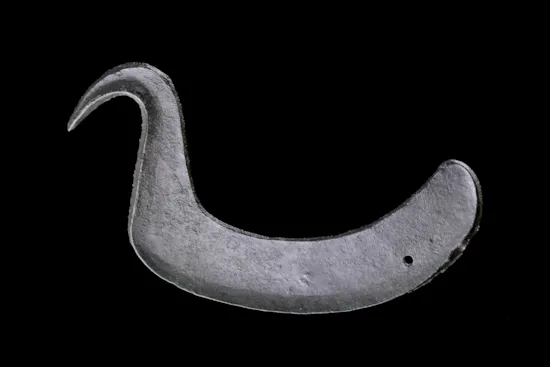
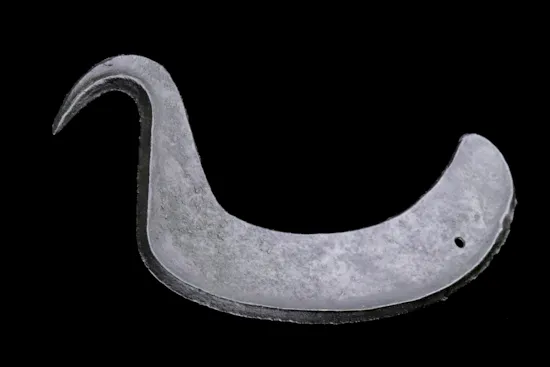
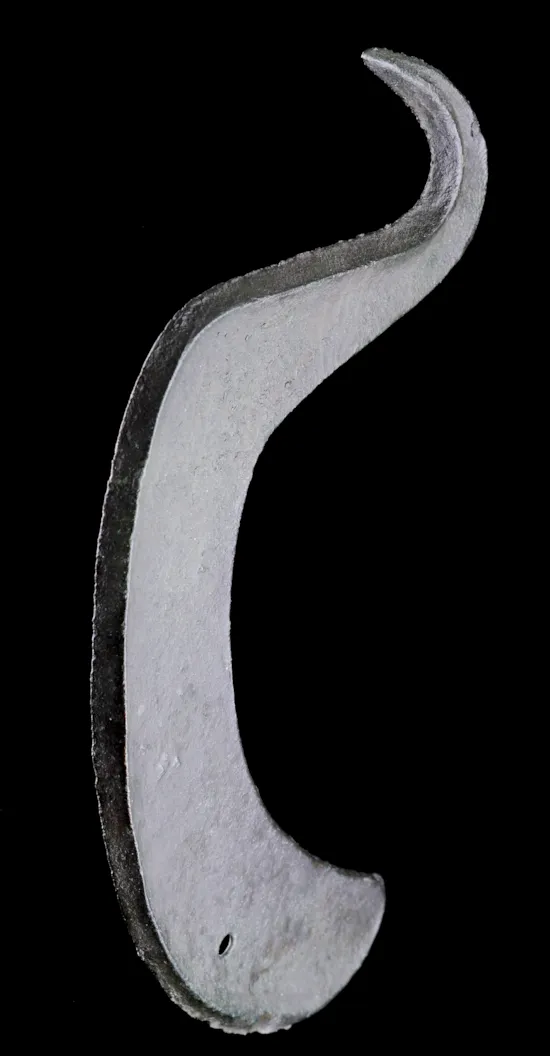






YOU MAY ALSO LIKE

